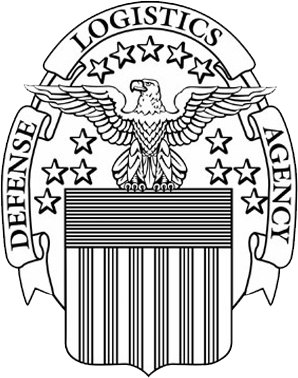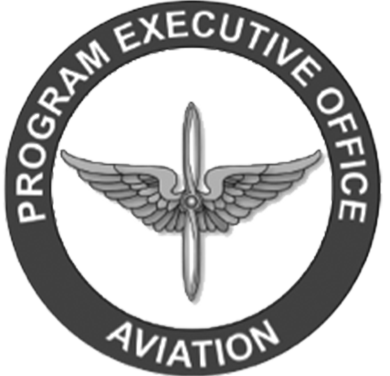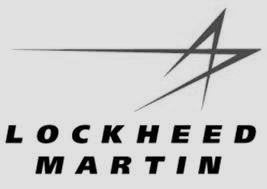 The F-16 like many aircraft is a “fly by wire” aircraft. Instead of cables and pulleys, the aircraft is controlled by electrical signals. The electrical signals tell the flight control surfaces how to move and how fast to move. There are 5 flight control surfaces on the F-16: (1) leading edge flap, (2) trailing edge flaps (also called flaperons), (3) horizontal tail (also called a taileron), (4) rudder (also called a vertical tail), and (5) speed brakes. Each of these structures move during flight and thus control the F-16. Actuators are attached to the light control surfaces to move them in-flight. Actuators receive electrical signals (instead of cables and pulleys). The electrical signals are sent from computers (and the pilot) via electrical wiring harnesses. Thus, the wiring harnesses are important and play a huge role in the safety of the aircraft. The wiring harnesses that contain these electrical signals are called “Flight Control Wiring Harnesses”.
The F-16 like many aircraft is a “fly by wire” aircraft. Instead of cables and pulleys, the aircraft is controlled by electrical signals. The electrical signals tell the flight control surfaces how to move and how fast to move. There are 5 flight control surfaces on the F-16: (1) leading edge flap, (2) trailing edge flaps (also called flaperons), (3) horizontal tail (also called a taileron), (4) rudder (also called a vertical tail), and (5) speed brakes. Each of these structures move during flight and thus control the F-16. Actuators are attached to the light control surfaces to move them in-flight. Actuators receive electrical signals (instead of cables and pulleys). The electrical signals are sent from computers (and the pilot) via electrical wiring harnesses. Thus, the wiring harnesses are important and play a huge role in the safety of the aircraft. The wiring harnesses that contain these electrical signals are called “Flight Control Wiring Harnesses”.
The F-16 has a quad-redundant flight control system. So, what does quad redundant mean? Quad redundant means that there are four different systems (labeled A, B, C, and D) which work together to maneuver the aircraft in-flight. Each of these systems are designed to work independently from one another. The wiring harnesses that contain A system wires are purposely separated from the other three systems (B, C, and D) so that if one of the systems has a problem (such as a short circuit or fire) it will not affect the other ones. Altogether there are four methods to separate these signals. The four methods of separations are by: (1) wiring harness bundles, (2) cable clamps, (3) installation paths, and (4) connectors.
The first method of separation is by wiring harness bundles. What this means is that the wires for the A system should not be included in the same bundle as the B, C, or D system. Likewise, the B system wires should not be in the C, D, or A. Each wire in the four systems should be in their own wiring harness bundle.
The second method is to separate by cable clamps. When flight control wiring harnesses are installed they are held in-place inside the airframe using cable clamps and standoffs. To help maintain separation between the four redundant systems, different cable clamps should be used for each system. In most cases, the distance between cable clamps is ½ inch or so but at least there is some distance between cable clamps.
The third method is to separate by installation paths. This is like the second method but in this method, the bundles for each system should be separate from one another. In most cases, the wiring harnesses for each system are run parallel to one another and are separated by at least ½ inch. The wiring harness bundles should not touch one another.
The fourth and final method is separation by a connector. What this means is that the wires from the A system should not go into the same connector that has a B, C, or D wire. Each connector that has flight control wiring should only have one system in it. If there is a computer that needs signals from each of the four systems, there should be four different connectors to that computer. Neither A, B, C, nor D wires should go into the same connector.
In truth, it is difficult to use these four methods throughout an aircraft because of space constraints. These methods are “best design and installation practices”. They should be adopted as best that they can in all fly by wire aircraft. If you would like more information about separation of flight control wiring harnesses, please let us know.
Additionally, if you are curious to find out how many flight control wiring harnesses there are in an F-16, please read this blog.



























